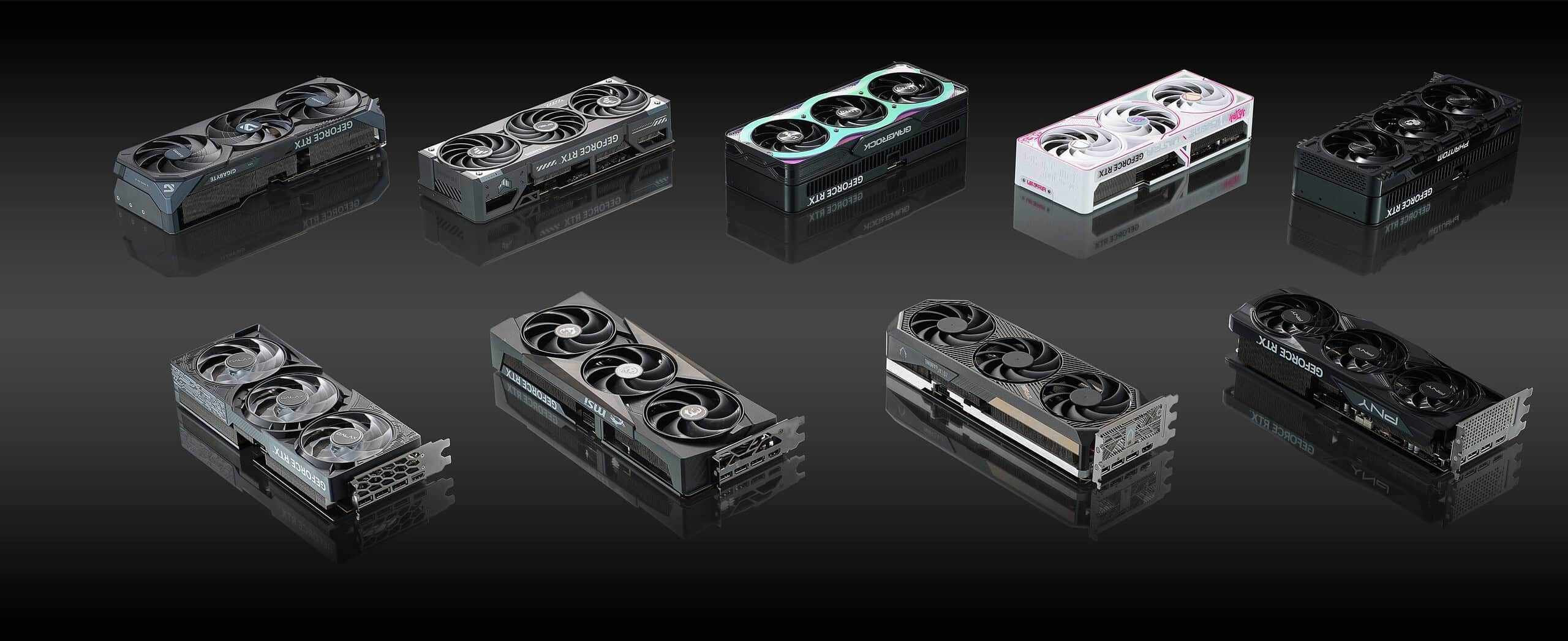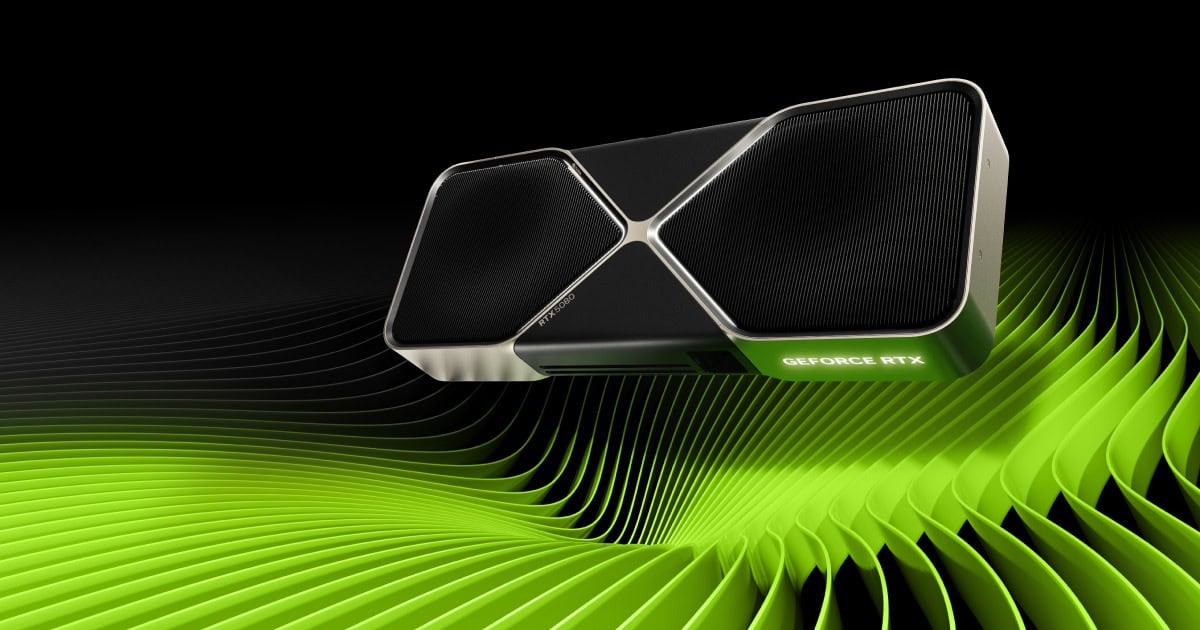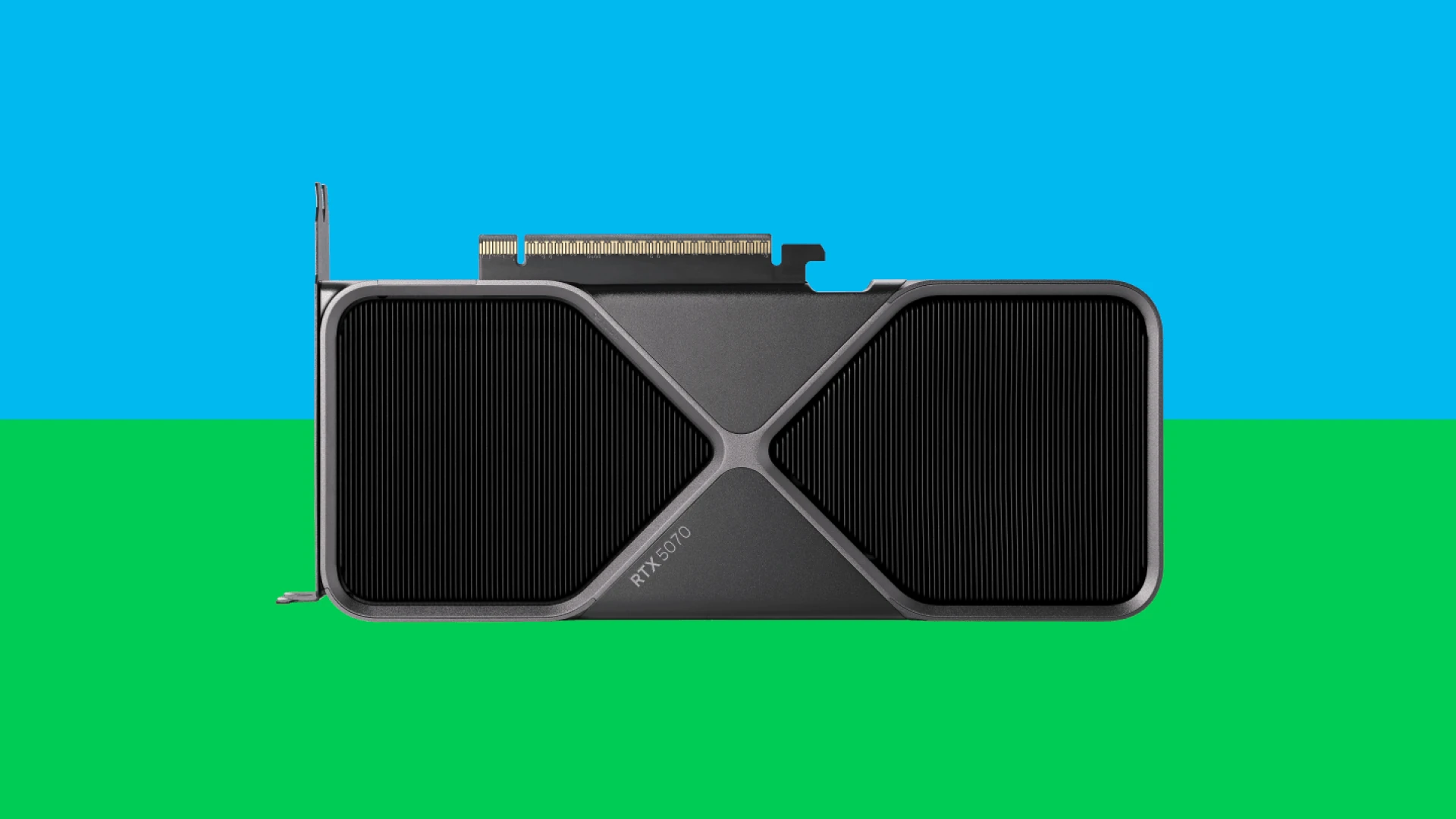NVIDIA’s recent unveiling of the RTX 5000 series graphics cards at CES 2025 has generated considerable excitement, but it has also sparked some controversy. The initial presentations heavily emphasized the performance gains achieved through DLSS 4, NVIDIA’s latest deep learning super sampling technology. This focus left many wondering about the cards’ raw performance capabilities when running games without DLSS enabled. As a result, there was pushback from the PC gaming community, which sought a clearer understanding of the hardware’s inherent power.
In response, NVIDIA has provided more detailed information regarding the native performance of the RTX 5000 series, effectively clarifying the gains achievable without relying on AI-driven upscaling. The core concern stemmed from the potential overemphasis on DLSS as a performance enhancer. While DLSS can significantly boost frame rates, it is not a universal solution and relies on AI-generated frames, which can sometimes introduce visual artifacts. Gamers and hardware enthusiasts wanted to understand the baseline performance improvements offered by the new Blackwell architecture itself.

NVIDIA’s subsequent release of non-DLSS benchmarks has provided a more balanced perspective. The new benchmarks reveal that the RTX 5000 series offers tangible performance improvements even without DLSS. For example, the RTX 5070 shows around a 20% performance uplift compared to the RTX 4070 when running games at 1440p resolution with maximum settings and DLSS turned off. This is a considerable increase, especially since the RTX 5070 is launching at a lower price point than its predecessor. The RTX 5070 Ti also demonstrates similar gains compared to the RTX 4070 Ti, with even greater performance jumps when DLSS 4 is utilized.
Moving to the higher-end cards, the RTX 5080 shows about a 15% performance increase over the RTX 4080 at 4K resolution without DLSS. While this increase is less dramatic than the gains seen in the 5070 class cards, it still represents a solid generational improvement. NVIDIA’s flagship offering, the RTX 5090, boasts the largest performance leap, with approximately a 30% increase over the RTX 4090 when running without DLSS. Of course, this increased performance comes at a premium price.
This clarification from NVIDIA is significant for several reasons. It provides consumers with a more accurate understanding of the hardware’s capabilities, allowing for more informed purchasing decisions. It also addresses concerns about the reliance on AI-driven techniques for performance gains, highlighting the inherent power of the Blackwell architecture. While DLSS remains a valuable tool for boosting frame rates—especially at higher resolutions and with ray tracing enabled—it is reassuring to know that the RTX 5000 series offers substantial improvements even without it. This allows gamers to decide whether to use DLSS based on their individual preferences and the specific game they are playing, rather than feeling compelled to rely on it for acceptable performance.
Understanding RTX 5000 Performance Without DLSS

The Initial Confusion
NVIDIA’s launch of the RTX 5000 series caused some debate. Early benchmarks heavily featured DLSS 4 with Frame Generation. This made it hard to see the cards’ true power. People wondered how they performed without this AI tech. NVIDIA listened to this feedback and gave more details. They shared more information about the cards’ native rendering strength. This helped clear up the confusion.
Non-DLSS Performance: What We Know
The RTX 5000 series offers good gains over the RTX 4000 series, even without DLSS. The RTX 5080 is about 15% faster than the RTX 4080 in regular games. The RTX 5090 also shows similar gains in ray tracing. The RTX 5070 and 5070 Ti show even bigger jumps, around 20% faster than their RTX 40 series equivalents. These numbers show the new Blackwell architecture is a step up. It provides more power for gamers.
How DLSS 4 Works
DLSS 4 with Frame Generation can greatly boost frame rates. It can make games run up to four times faster. It does this by using AI to create new frames. But, this tech needs a good starting frame rate to work best. If your game is already running slow, DLSS 4 won’t help as much. It is important to remember that DLSS generates frames, so the image is not 100% natively rendered. This can sometimes introduce visual artifacts.
Comparing RTX 5000 Cards (Estimated Performance without DLSS)
| Card | Estimated Performance Gain vs. Previous Gen (Non-DLSS) |
|---|---|
| RTX 5090 | ~15% (Ray Tracing) |
| RTX 5080 | ~15% |
| RTX 5070 Ti | ~20% |
| RTX 5070 | ~20% |
Why Native Performance Matters
Native performance shows the raw power of a graphics card. It’s how well the card renders images without any help from AI or other tricks. This is important for a few reasons. First, not all games support DLSS. Second, even in games that do, some people prefer the look of native rendering. It can provide a sharper image. Knowing the native performance helps people make better buying choices.
The Blackwell Architecture
The RTX 5000 series uses NVIDIA’s new Blackwell architecture. This new design brings many improvements. It makes the cards faster at ray tracing. It also improves AI processing. This helps with features like DLSS. Blackwell is a big step forward for NVIDIA’s graphics technology.
The Future of Graphics Cards
The RTX 5000 series shows where graphics cards are going. They are getting faster and better at ray tracing. AI is also playing a bigger role. Features like DLSS can give big performance boosts. But, native performance is still important. It shows the true power of a graphics card. Future cards will likely build on these trends. We can expect even better performance and more advanced AI features.
Considering AMD Alternatives
While the RTX 5000 series offers strong performance, it’s worth considering AMD’s offerings as well. AMD’s Radeon RX 7000 series provides competitive performance in many games. They also have their own upscaling technology called FSR (FidelityFX Super Resolution). FSR is an open-source alternative to DLSS, meaning it can work on a wider range of hardware. Comparing both NVIDIA and AMD cards based on your budget and gaming needs is a good idea before making a purchase. Look at independent benchmarks. These benchmarks test cards in real games. They give you a good idea of which card is best for you. Consider the games you play, the resolution you want to play at, and your budget when making your decision.
Key Takeaways
- NVIDIA’s RTX 5000 series promises significant performance improvements over previous generations
- The RTX 5070 offers 20% better performance than the RTX 4070 at a lower price point
- DLSS 4 technology plays a crucial role in boosting frame rates, especially with ray tracing enabled
Stay Informed with Windows Central
Windows Central offers a comprehensive newsletter for tech enthusiasts. Subscribers receive the latest updates on Windows and Xbox ecosystems. The newsletter covers product releases, software updates, and gaming news.
NVIDIA’s RTX 5000 series GPUs are a hot topic in recent newsletters. The new graphics cards promise significant performance boosts over their predecessors. Here’s a breakdown of the improvements:
• RTX 5070 Ti: 2.9x faster than RTX 4070 Ti in select games with DLSS 4
• RTX 5080: 15% faster than RTX 4080 without DLSS, up to 2x with DLSS 4
• RTX 5090: 30% faster than RTX 4090 without DLSS
Pricing for the new GPUs varies:
| Model | MSRP | Price Change |
|---|---|---|
| RTX 5070 Ti | $749 | -$50 |
| RTX 5080 | $999 | No change |
| RTX 5090 | $1,999 | +$400 |
The RTX 5090 boasts impressive specs:
• More Tensor Cores
• New Streaming Processors
• Improved RT Cores
• 32GB GDDR7 VRAM (up from 24GB GDDR6)
Windows Central’s newsletter keeps readers up-to-date on these advancements. It also covers other PC hardware, software, and gaming topics. Subscribers gain insights into the latest tech trends and product releases.
The newsletter is free to join. It delivers curated content straight to your inbox. This saves time for busy professionals and tech enthusiasts. Sign up to stay informed about the fast-paced world of Windows and Xbox.
NVIDIA Tackles Latency Concerns
NVIDIA’s latest RTX 5000 series GPUs show promising improvements in latency reduction. The company’s data reveals significant drops in input lag when using DLSS 4 technology. For example, Cyberpunk 2077 sees latency decrease from 135ms to 30ms on the RTX 5090.
These results address worries about Multi Frame Generation’s impact on responsiveness. Despite AI creating more frames, NVIDIA’s tests suggest minimal delay in delivering them to the screen.
Key latency improvements:
- Cyberpunk 2077: 78% reduction
- Black Myth: Wukong: Similar significant decrease
While NVIDIA’s internal benchmarks are encouraging, independent reviews will provide a clearer picture of real-world performance. Gamers can expect more detailed insights once the cards hit the market.
The RTX 5000 series aims to balance high frame rates with low latency. This combination could lead to smoother gameplay and better responsiveness in demanding titles. NVIDIA’s focus on reducing input lag may give them an edge in the competitive GPU market.







